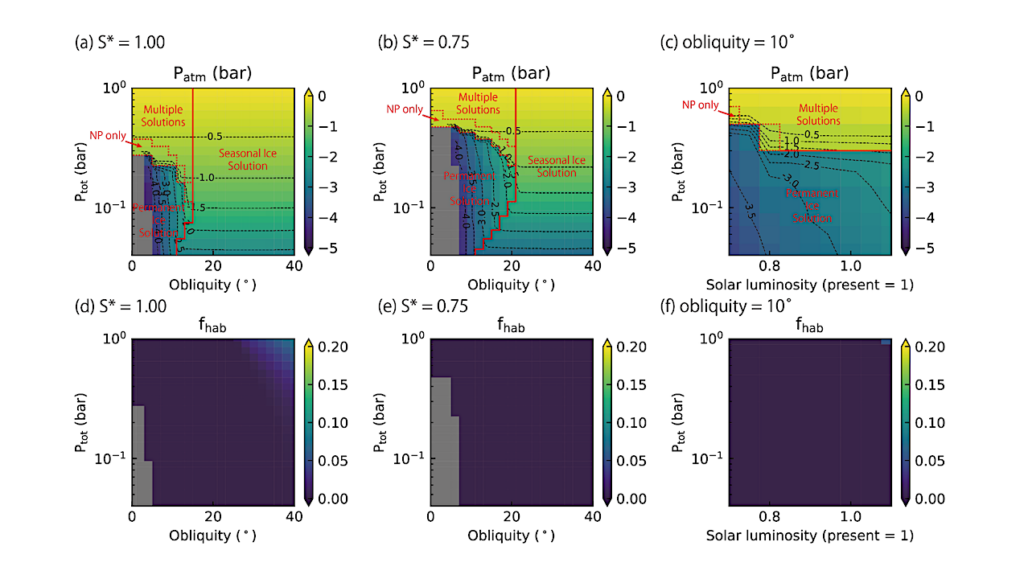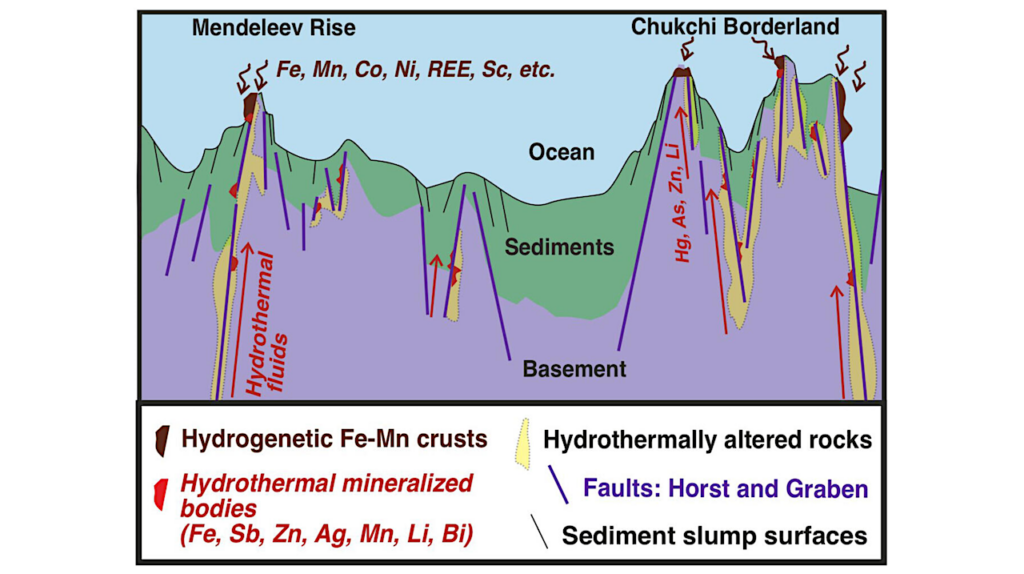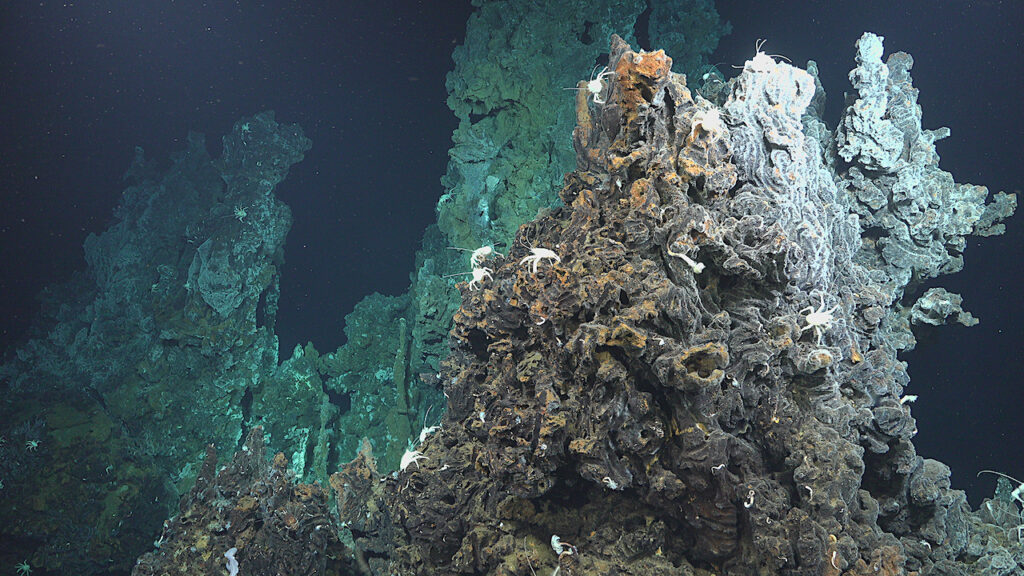Role Of Surface Gravity Waves in Aquaplanet Ocean Climates

We present a set of idealised numerical experiments of a solstitial aquaplanet ocean and examine the thermodynamic and dynamic implications of surface gravity waves (SGWs) upon its mean state.
The aquaplanet’s oceanic circulation is dominated by an equatorial zonal jet and four Ekman driven meridional overturning circulation (MOC) cells aligned with the westerly atmospheric jet streams and easterly trade winds in both hemispheres.
Including SGW parameterization (representing modulations of air-sea momentum fluxes, Langmuir circulation and Stokes-Coriolis force) increases mixed layer vertical momentum diffusivity by approx. 40% and dampens surface momentum fluxes by approx. 4%. The correspondingly dampened MOC impacts the oceanic density structure to 1 km depth by lessening the large-scale advective transports of heat and salt, freshening the equatorial latitudes (where evaporation minus precipitation [E-P] is negative) and increasing salinity in the subtropics (where E-P is positive) by approx. 1%.
The midlatitude pycnocline in both hemispheres is deepened by the inclusion of SGWs. Including SGWs into the aquaplanet ocean model acts to increase mixed layer depth by approx. 10% (up to 20% in the wintertime in midlatitudes), decrease vertical shear in the upper 200 m and alter local midlatitude buoyancy frequency.
Generally, the impacts of SGWs upon the aquaplanet ocean are found to be consistent across cooler and warmer climates. We suggest that the implications of these simulations could be relevant to understanding future projections of SGW climate, exoplanetary oceans, and the dynamics of the Southern Ocean mixed layer.
Joshua Studholme, Margarita Markina, Sergey Gulev
Subjects: Atmospheric and Oceanic Physics (physics.ao-ph); Earth and Planetary Astrophysics (astro-ph.EP); Fluid Dynamics (physics.flu-dyn); Geophysics (physics.geo-ph)
Cite as: arXiv:2106.05032 [physics.ao-ph] (or arXiv:2106.05032v1 [physics.ao-ph] for this version)
Submission history
From: Joshua Studholme
[v1] Wed, 9 Jun 2021 12:43:50 UTC (13,935 KB)
https://arxiv.org/abs/2106.05032
Astrobiology








